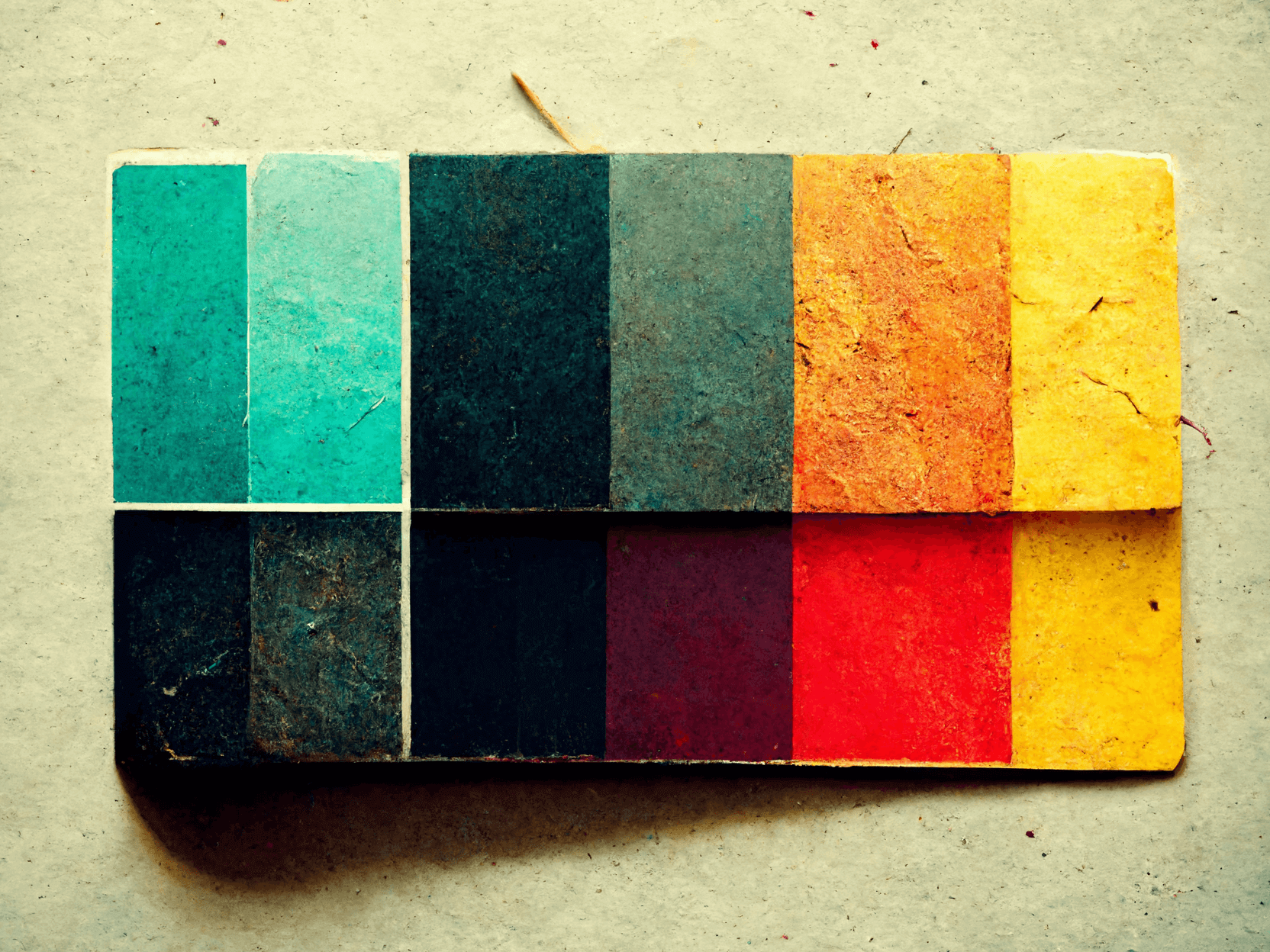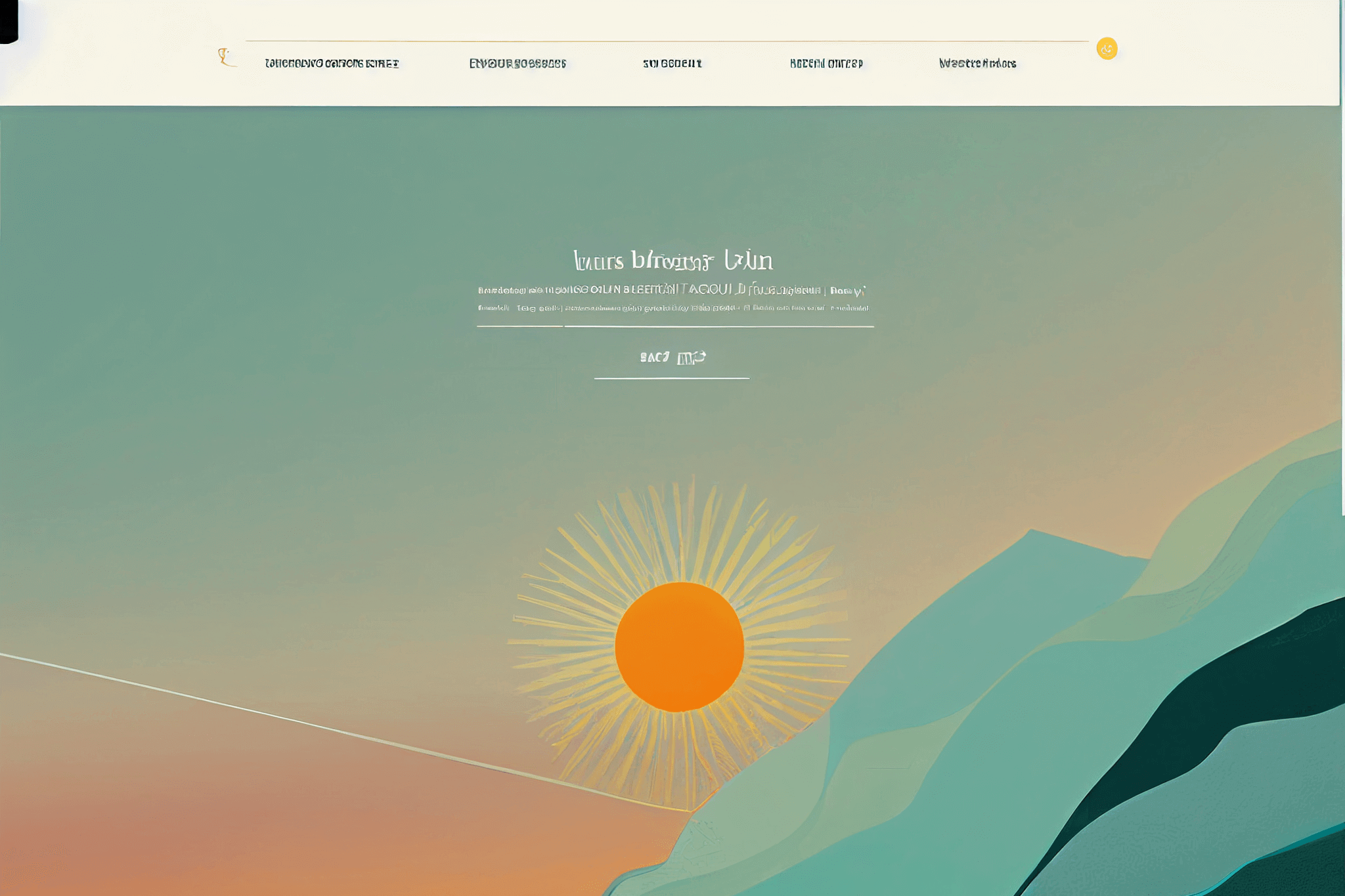Creativity and experimentation are crucial for avoiding boring design. By being creative, you can come up with unique and interesting ideas for your designs. And by experimenting with different approaches, you can find new and innovative ways to bring those ideas to life.
For example, you might experiment with different color palettes, textures, and patterns to create a design that is visually appealing and engaging. Or you might try incorporating storytelling elements into your design to make it more interesting and memorable for the viewer.
Ultimately, the goal of avoiding boring design is to create designs that are not only aesthetically pleasing, but also engaging and memorable for the viewer. By being creative and experimenting with different ideas and approaches, you can achieve this goal and create designs that stand out from the rest.
There are a few ways to avoid boring design:
- Use color and contrast effectively
- Experiment with different design styles
- Incorporate texture and patterns
- Use negative space effectively
- Tell a story with your design
Use color and contrast effectively

Using color and contrast effectively is a key aspect of avoiding boring design. This means carefully selecting colors that work well together and using them in a way that is eye-catching and visually appealing.
For example, you might choose a color palette that features contrasting colors, such as black and white, or red and green. This can create a strong visual contrast that draws the viewer’s eye and makes your design more interesting.
Alternatively, you might choose a color palette that features complementary colors, such as blue and orange or yellow and purple. This can create a harmonious and balanced look that is visually appealing and avoids the feeling of being boring.
In addition to choosing the right colors, it’s also important to use them effectively in your design. This might mean using light and dark colors to create contrast, or using color to create a sense of depth and dimension in your design. By using color effectively, you can create designs that are visually interesting and engaging.
Experiment with different design styles

Experimenting with different design styles is a valuable way to avoid boring design. By trying out different styles, you can find a unique aesthetic that sets your design apart from others and makes it more interesting and engaging.
For example, you might experiment with different design styles such as minimalist, abstract, or vintage. By trying out these different styles, you can find one that resonates with your personal aesthetic and helps you create designs that are unique and memorable.
In addition to trying out different styles, it’s also important to experiment with different design approaches. This might mean trying out different layout and composition techniques, or using different tools and software to create your designs. By experimenting with different approaches, you can find new and innovative ways to bring your ideas to life and avoid boring design.
Incorporate texture and patterns

Incorporating texture and patterns into your design is a great way to add interest and depth. This can help make your design more visually appealing and help it stand out from others.
For example, you might add texture to your design by using materials such as wood, metal, or fabric. This can create a sense of physical depth and dimension that makes your design more interesting to look at.
Alternatively, you might incorporate patterns into your design. This might mean using repeating geometric shapes, or using organic patterns found in nature. By using patterns in your design, you can create a sense of visual rhythm and movement that makes your design more engaging and interesting.
Incorporating texture and patterns into your design can be a powerful way to add interest and depth, and avoid the feeling of being boring. By using these techniques effectively, you can create designs that are visually appealing and engaging.
Use negative space effectively

Using negative space effectively is an important aspect of avoiding boring design. Negative space, also known as white space, refers to the empty or unoccupied space in a design. By using this space effectively, you can create visual interest and balance in your design.
For example, you might use negative space to create a sense of balance and harmony in your design. This might mean using negative space to offset busy or crowded areas of your design, or using it to create a sense of visual flow and movement.
In addition, you can use negative space to create a sense of emphasis or focus in your design. This might mean using negative space to draw the viewer’s eye to a particular element or feature of your design. By using negative space in this way, you can create a design that is visually appealing and avoids the feeling of being boring.
Overall, using negative space effectively is a valuable tool for avoiding boring design. By incorporating it into your designs, you can create visually interesting and engaging works of art.
Tell a story with your design

Incorporating storytelling into your design is a great way to avoid boring design. By telling a story with your design, you can make it more engaging and interesting for the viewer, and help it stand out from other designs.
For example, you might use your design to tell a narrative or create a sense of atmosphere or mood. This might involve using visual elements such as color, shape, and composition to create a sense of story or setting. By doing this, you can create a design that is more interesting and engaging for the viewer.
In addition, incorporating storytelling into your design can help create a sense of connection and meaning. This might mean using your design to convey a message or idea, or to evoke a particular emotion or response from the viewer. By using storytelling in this way, you can create designs that are not only visually appealing, but also meaningful and engaging.
Overall, incorporating storytelling into your design is a valuable way to avoid boring design. By doing so, you can create designs that are interesting, engaging, and memorable for the viewer.




